|
|
THE WILLOWS
Black Willow, Peachleaf Willow,
Weeping Willow, Willow spp.
Salicaceae, The Willow Family
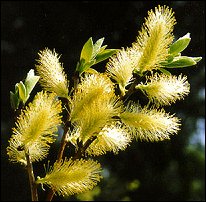 The willow family has many tree and shrub species. World-wide there are about
335 species in two genera, Salix
(willows) and Populus (aspens). The family is most abundant in cooler, temperate regions of the northern
hemisphere with about 120 species in North America. World-wide there are about 300
species of willow (Salix spp.) with about 70 in North America. Only 38 of
these reach tree size with only 3 in the U.P. There are many U.P. shrub species.
The willow family has many tree and shrub species. World-wide there are about
335 species in two genera, Salix
(willows) and Populus (aspens). The family is most abundant in cooler, temperate regions of the northern
hemisphere with about 120 species in North America. World-wide there are about 300
species of willow (Salix spp.) with about 70 in North America. Only 38 of
these reach tree size with only 3 in the U.P. There are many U.P. shrub species.
Willows tend to prefer moist, cool SITES. They are usually found along stream
courses or in wetland complexes. Willow FLOWERS that are most well-known would be
the "pussy willow" (Salix discolor) but most willows have rather
pretty flowers that bloom early in the spring (good for bees). Most willows have
long slender LEAVES. Sometimes close attention to details will help identify
species. Willows do not have true terminal
BUDS and the side buds are usually pressed close to the twig. Salix
is a difficult genus to identify species. Another interesting tidbit about
willows is the origin of aspirin from willow bark. The technical name for aspirin is
"acetylsalicylic acid". The "salic" refers to
"Salix", which is the latin name for willow.
 BLACK WILLOW
(Salix nigra)
BLACK WILLOW
(Salix nigra)
Other
Names: Willow, Swamp Willow
Key ID Features: Leaves, Yellow Twigs, Size
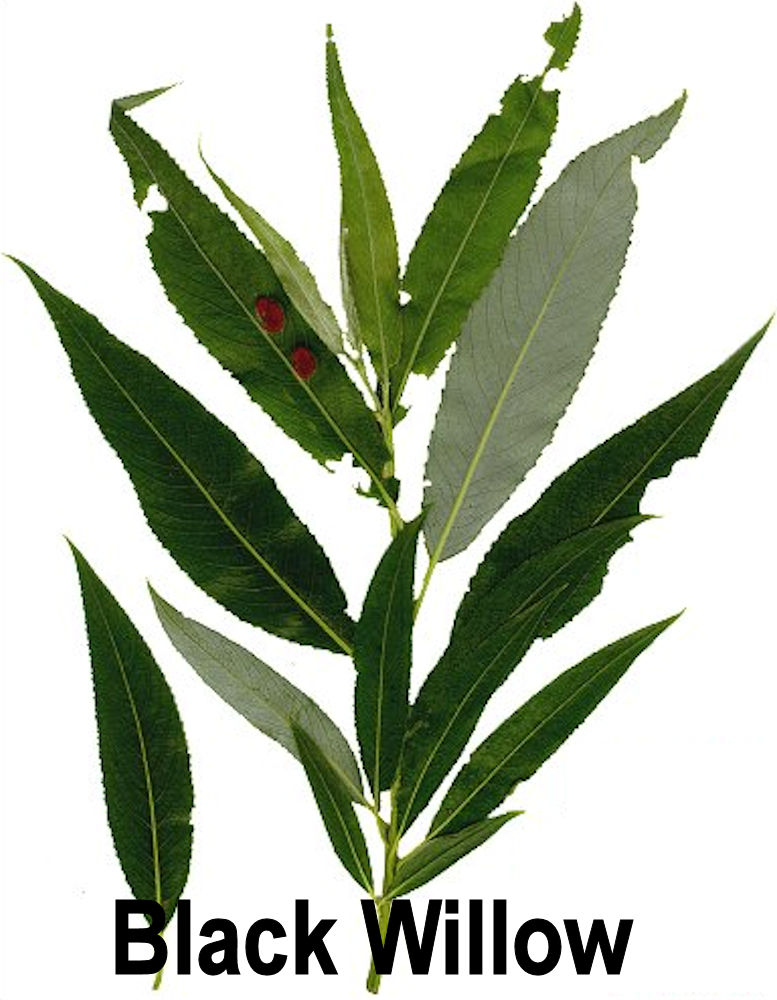
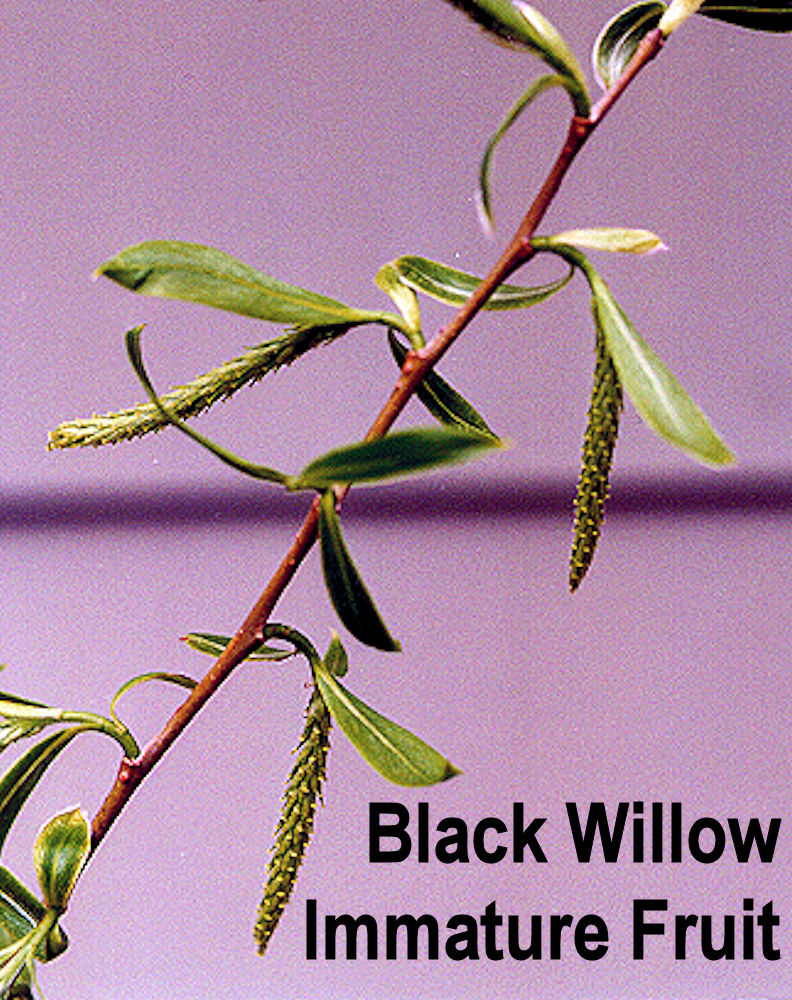
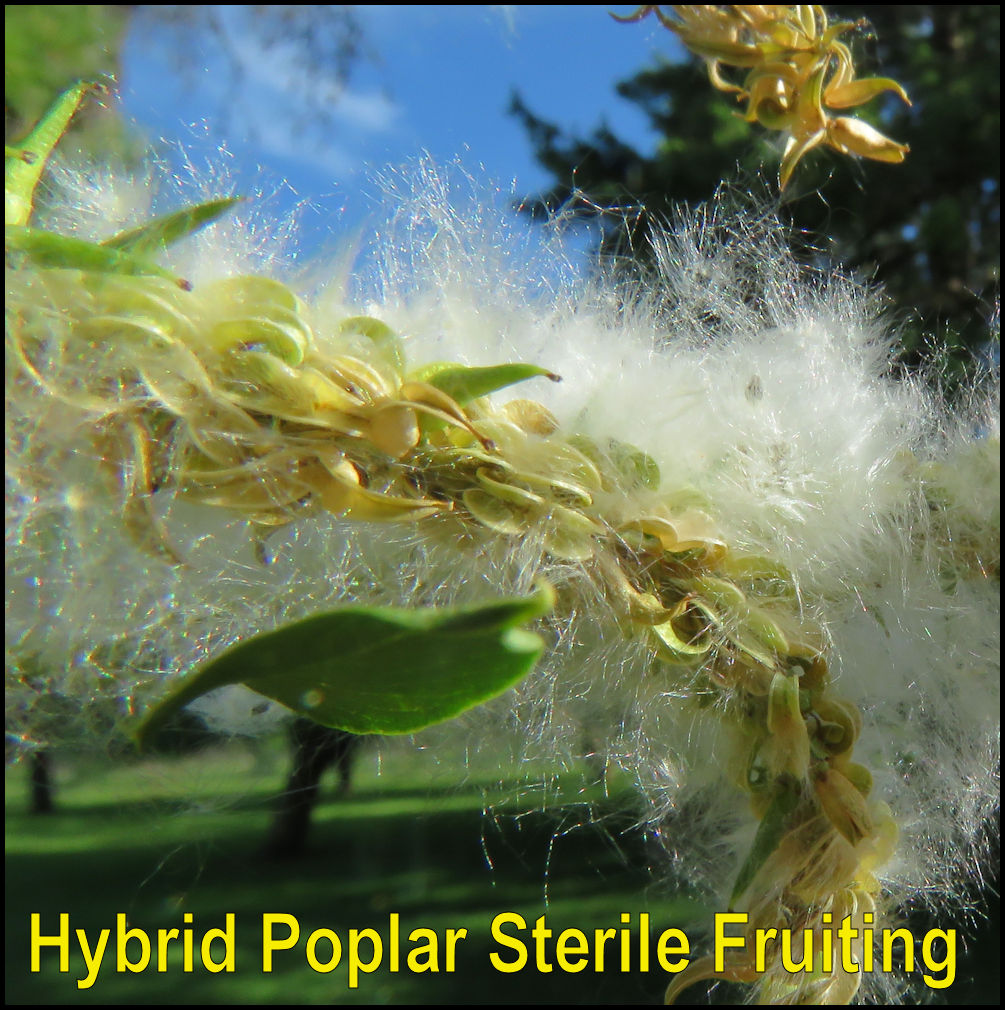

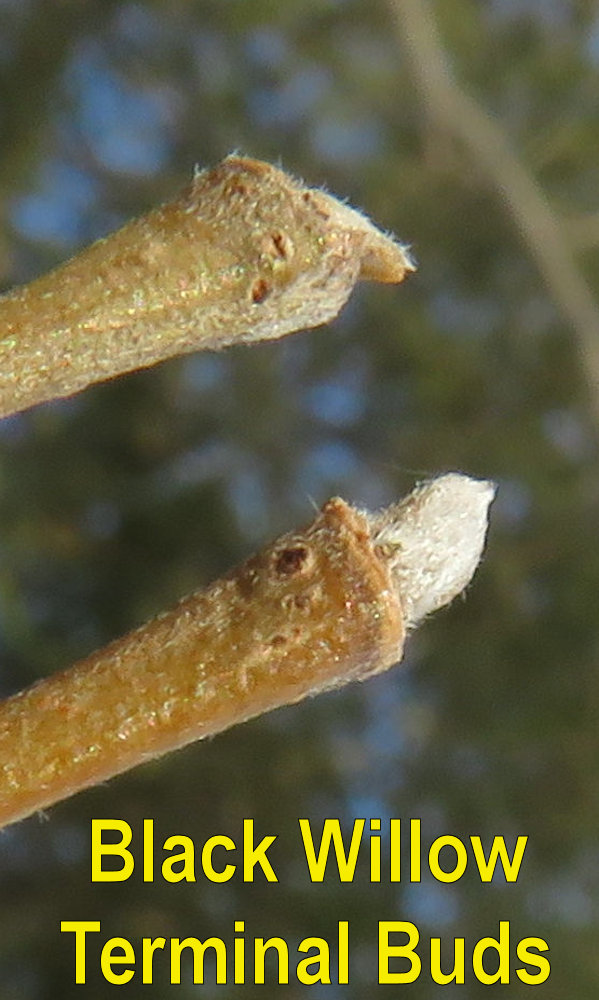
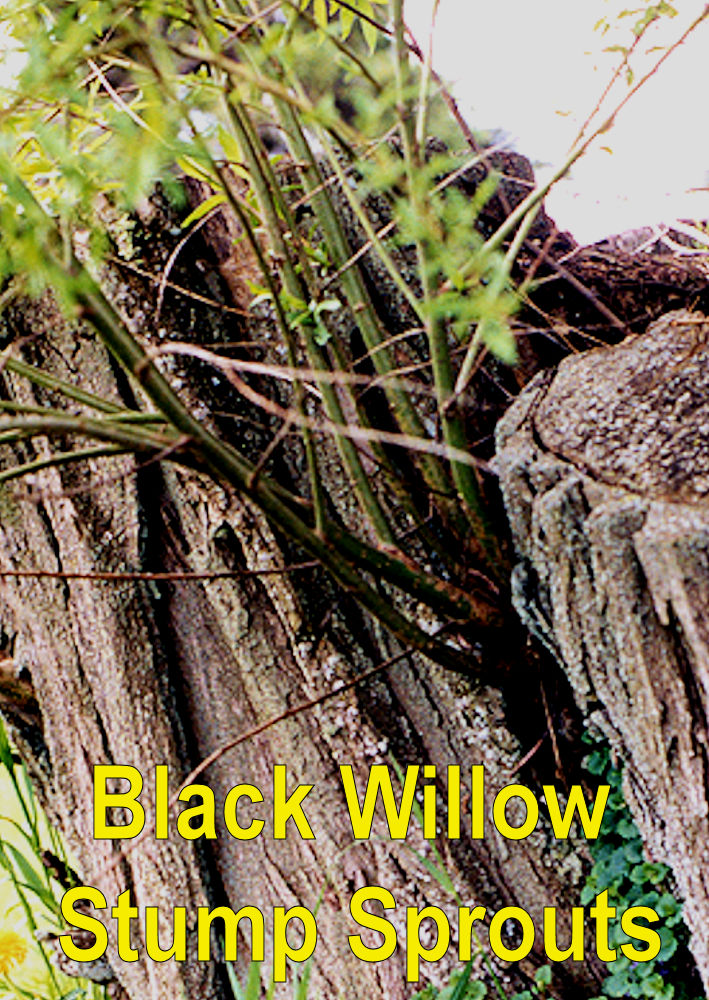
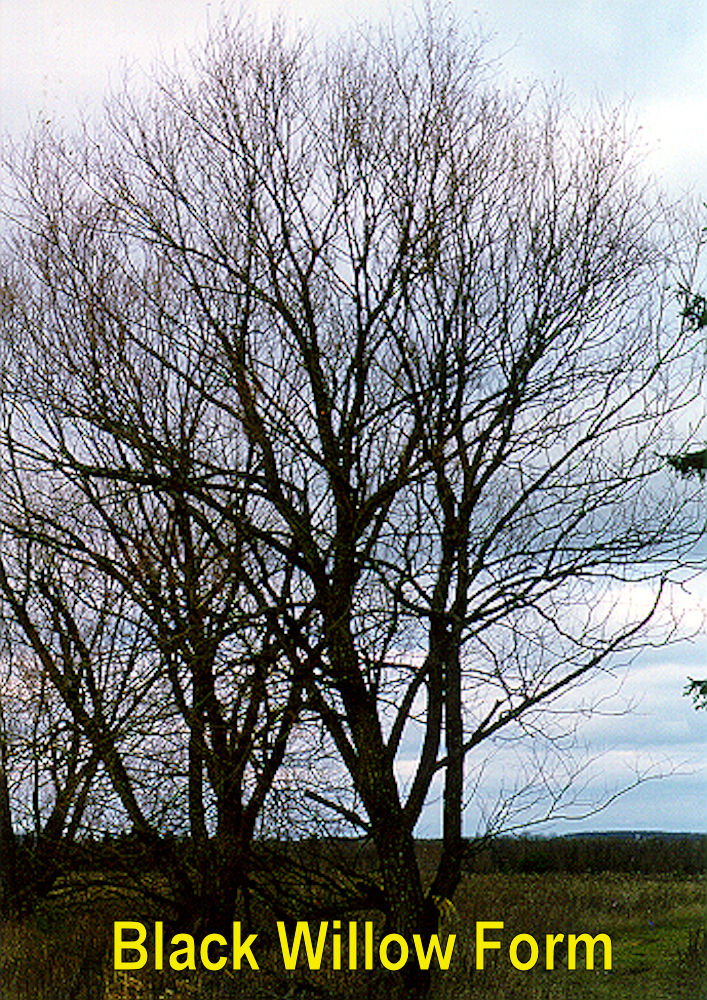


LEAVES of black willow are 3-6
inches long and only a half-inch wide. Leaves have rounded bases. The base of the leaf stalk often
has a pair of small bumps called "stipules". The margins are finely-toothed and the leaf tips quite
tapered. The TWIGS are usually bright yellow and can be easily noticed while driving
along a highway. The BARK becomes furrowed at a fairly young age, deeply furrowed
with thick ridges with large trees. Trees can reach DIAMETERS of over 3 feet but
rarely grow taller than 50-60 feet. Often there are multiple TRUNKS. The wood
is weak and large trees often have large broken branches from wind or ice storms.
The BRANCHES tend to be drooping which can confuse identification with weeping
willow. Black willow commonly grows singly or in small groups along roadsides and
ditches. Occasionally it becomes part of a forest stand with red maple,
balm-of-Gilead, and other wetland hardwoods. Common pests: large aspen tortrix, leaf galls, mourning cloak, tussock moths, aphids.
 PEACHLEAF WILLOW (Salix
amydaloides)
PEACHLEAF WILLOW (Salix
amydaloides)
Other Names: None Known
Key ID Features: Leaves, Yellow Twigs
LEAVES are similar to black willow but with a slightly wider appearance, are somewhat leathery, and are whitish underneath. Leaf bases form a sharp "V". Generally the leaf stalks have only a very small pair of stipules (bump-like growths) or none at all. The leaf margins are finely-toothed. TWIGS are yellowish and somewhat droopy as with black willow. Twigs are fairly flexible where black willow twigs snap easily. The tree is SMALL, 10-35 feet high, with diameters reaching around a foot or so. Common pests: large aspen tortrix, leaf galls, mourning cloak, tussock moths, aphids.
SOME OTHER
WILLOWS
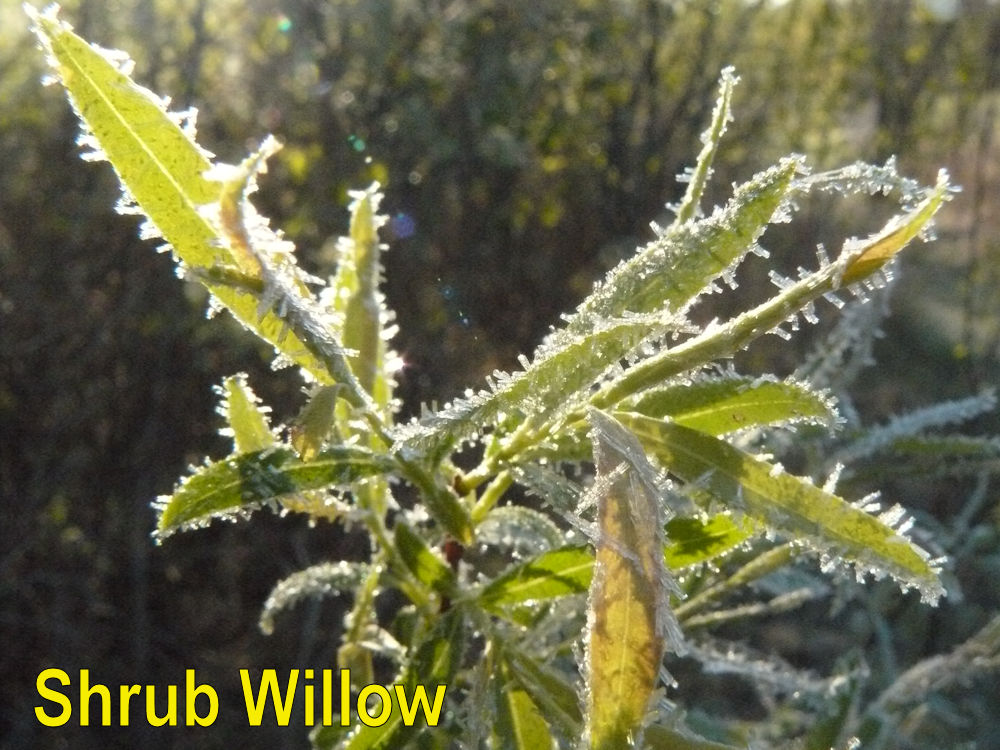
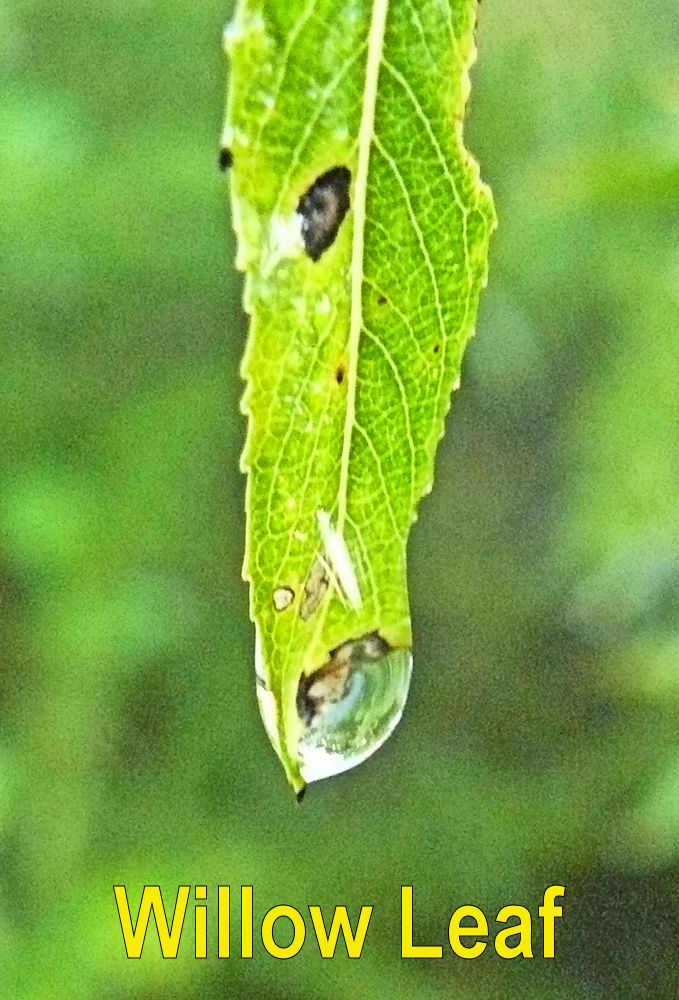
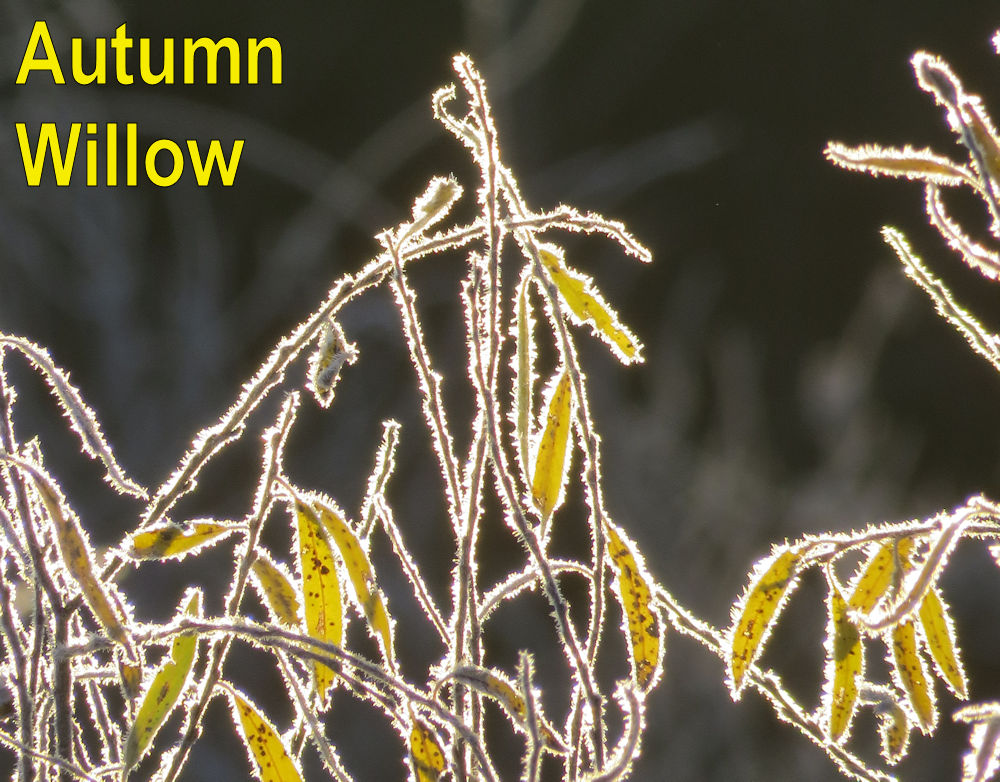
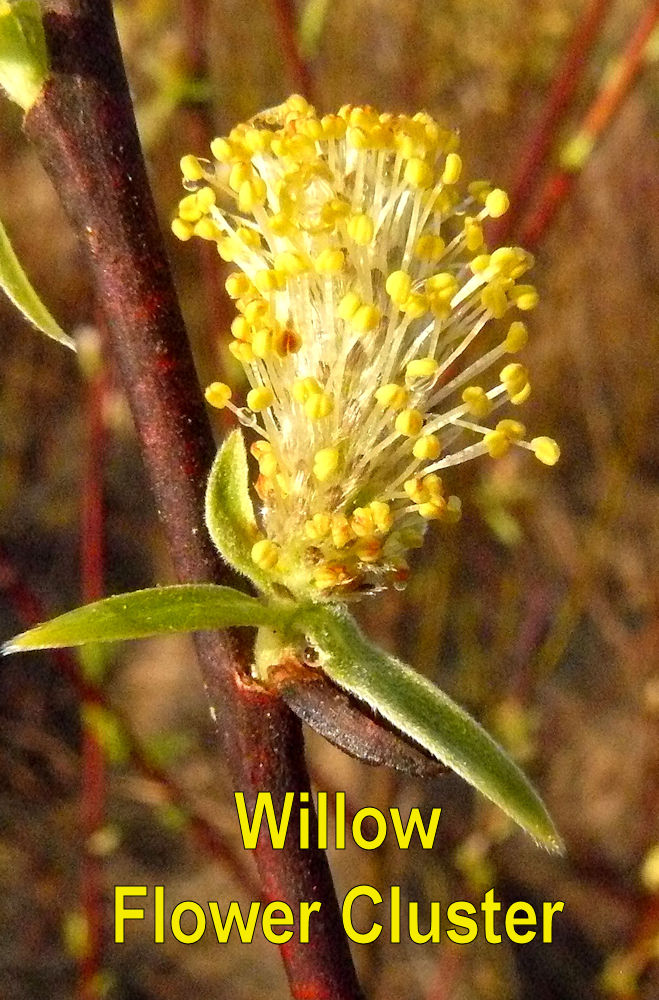
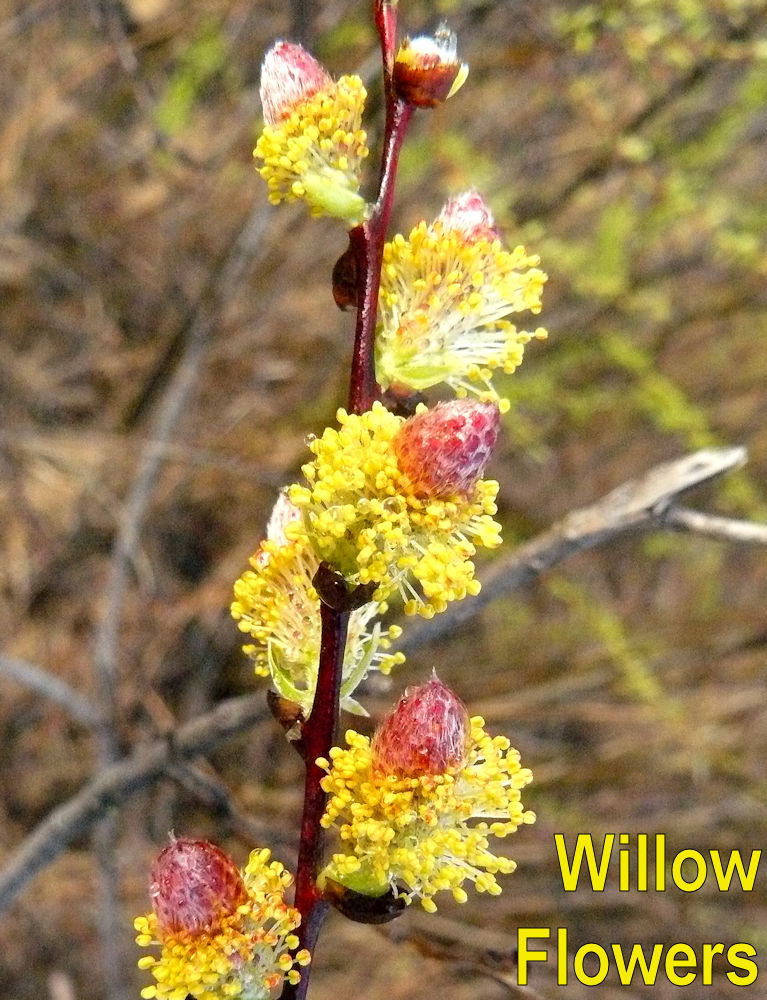

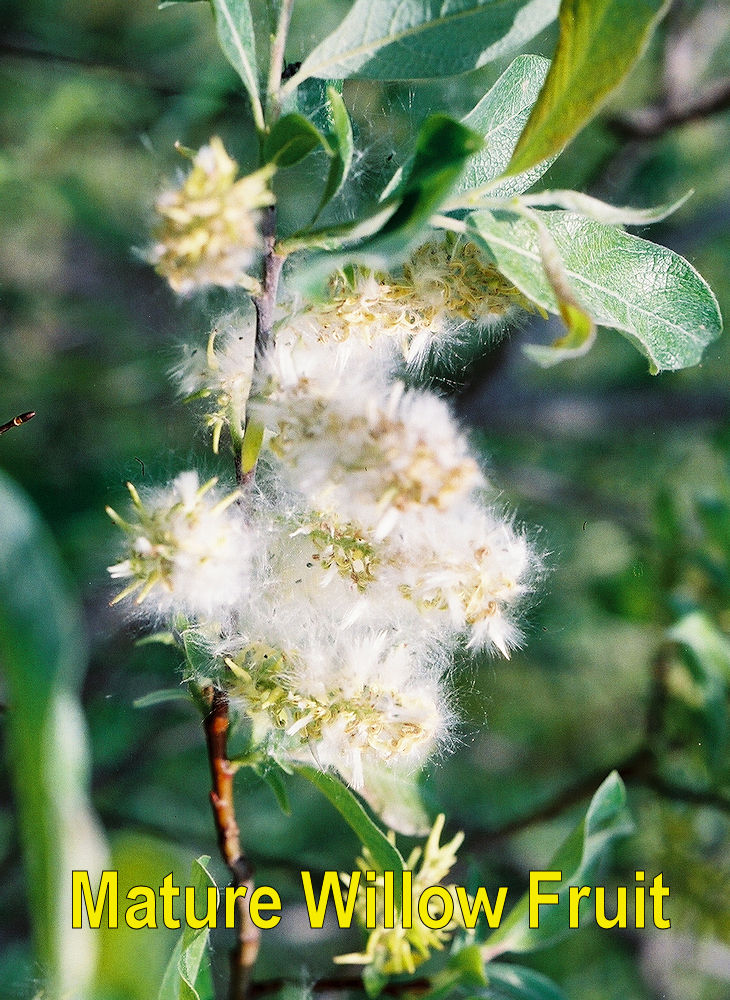
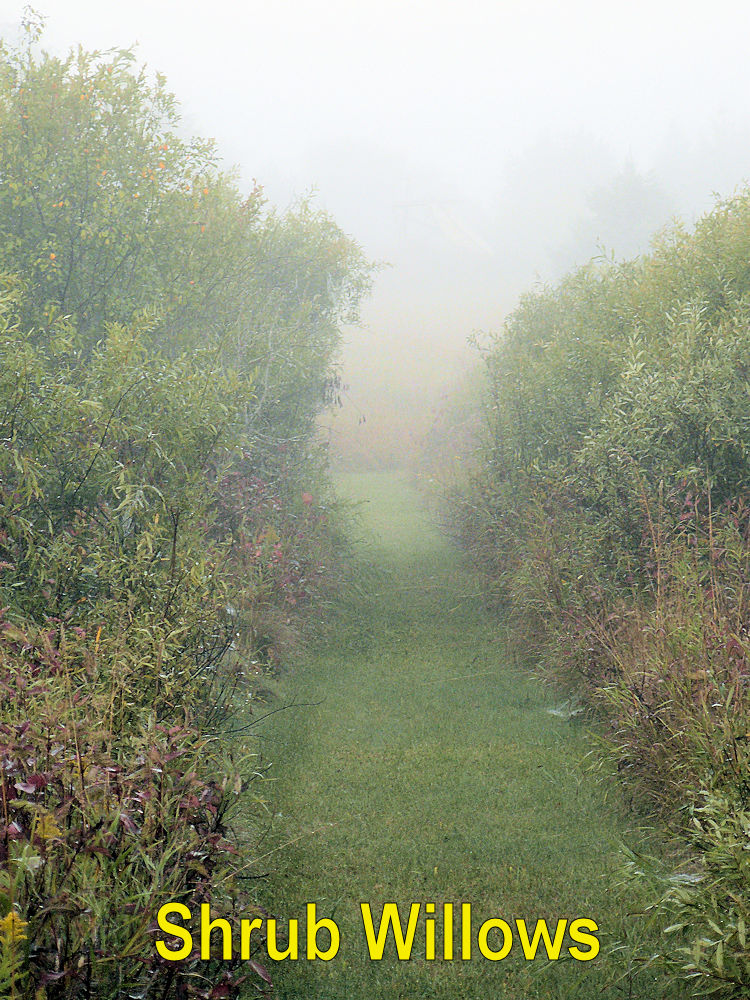
Weeping Willow
(Salix babylonica)
An ornamental tree imported from northern China. More common further south of the
U.P.
Pussy Willow (Salix
discolor)
Likely the most well-known willow. Fairly easily identified in the spring with the
characteristic "pussy willow" FLOWERS. Reddish-brown TWIGS have long BUDS
for a willow, about a centimeter long (0.4 of an inch).
Bebb's or Beaked Willow
(Salix bebbiana)
A TALL SHRUB, sometimes small tree, with very rough-looking, somewhat broken, gray BARK.
In winter, the willow looks almost dead due to its scrubby form and general
appearance. LEAVES ar e wide for a willow, widths about half the length, and woolly
underneath. Coarse-toothed.
Click on the blue to return
to the Deciduous Summer Key or the Deciduous
Winter Key.
Click HERE to return to the home page.
A note about the images on this website, click here.
This site created and maintained by Bill Cook, MSU Extension Forester for the Upper Peninsula of Michigan. Editing and modification is ongoing. Submit suggestions, questions, and corrections to cookwi@msu.edu or call 906-786-1575.